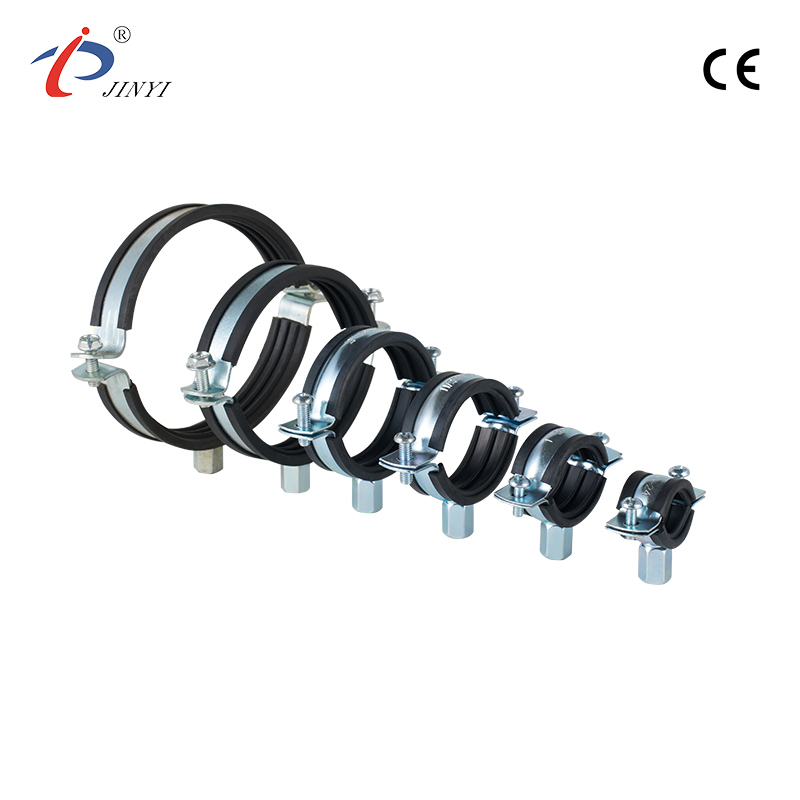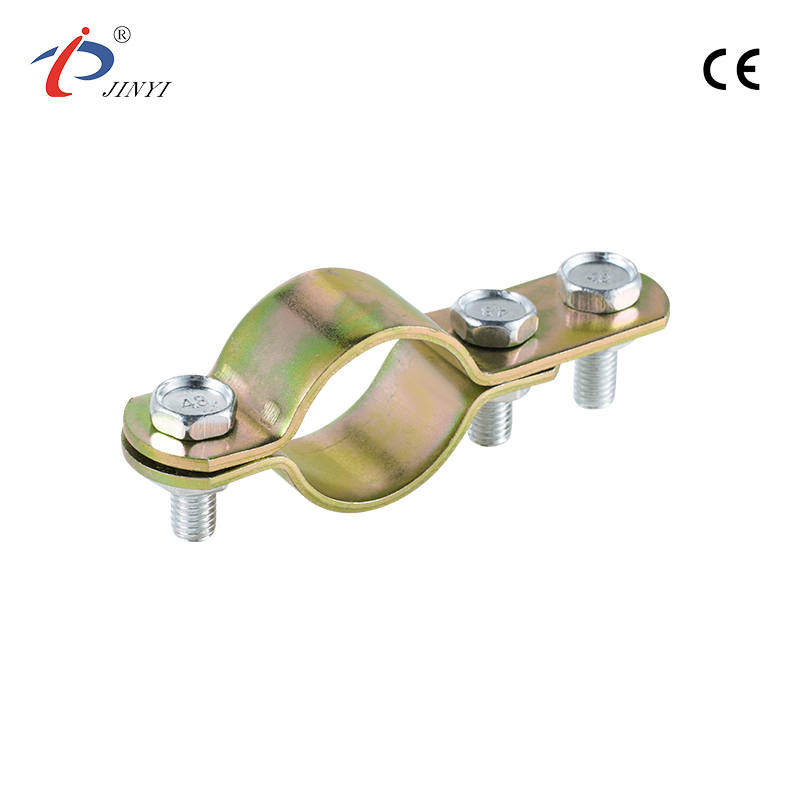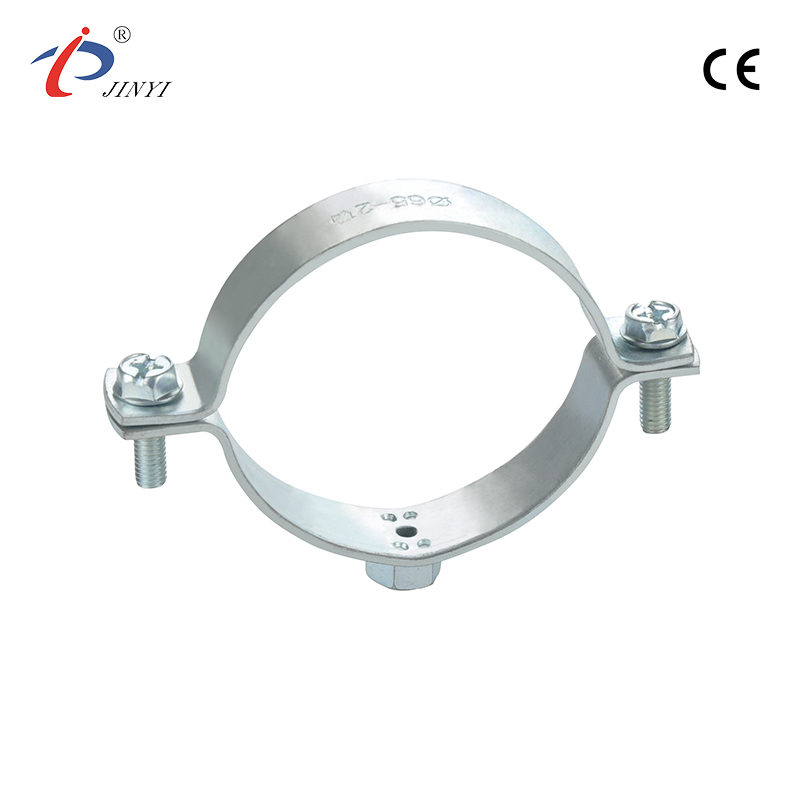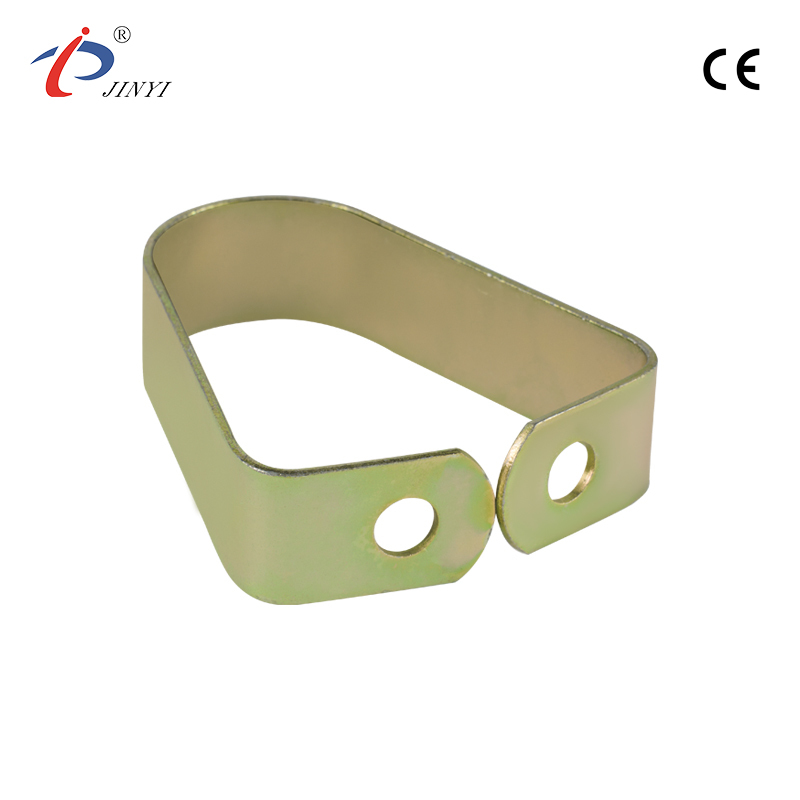How Can a Water Meter Bracket Be Installed Safely
2025-11-21
How to Install a Water Meter Bracket Safely and Efficiently
Water meter brackets are essential components in plumbing systems, providing secure support for water meters and ensuring stable connections. Installing these brackets correctly is important for preventing leaks, maintaining accurate measurements, and extending the service life of the plumbing setup. This guide outlines practical steps and considerations to achieve a safe and efficient installation.
Understanding the Purpose of a Water Meter Bracket
Before installation, it is important to understand why water meter brackets are necessary. These brackets hold the water meter in place, preventing movement that could damage pipes or connections. Proper support ensures accurate readings and reduces the risk of costly repairs in the future.
Choosing the Right Location
Selecting an appropriate location is the first step in a successful installation. The bracket should be positioned where the meter is easily accessible for reading and maintenance. Avoid areas with excessive vibration, moisture accumulation, or obstacles that may interfere with pipe alignment.
Careful location planning also ensures compliance with local plumbing regulations and helps avoid potential interference with other utilities.
Preparing the Installation Area
A clean, stable surface is key for mounting the bracket. Remove debris, dust, or any loose materials around the installation site. Ensuring a flat and stable surface allows the bracket to sit securely, which reduces stress on the pipes and water meter.
Marking the exact positions for screws or fasteners before drilling can save time and prevent errors during installation.
Mounting the Bracket
Begin by aligning the bracket with the marked positions. Use appropriate fasteners for the surface material, such as wall anchors for concrete or screws for wood. Ensuring the bracket is level and firmly secured is critical for stability.
Double-check the alignment with the pipe before final tightening. Misalignment can lead to strain on joints and connectors, which may affect meter accuracy or cause leaks over time.
Connecting the Water Meter
Once the bracket is secured, carefully attach the water meter. Ensure that the meter is fully supported by the bracket and that no weight is resting solely on the pipes.
Verify that all connections are tight, leak-free, and properly aligned. Proper support reduces the chance of mechanical stress on fittings and maintains smooth water flow.
Safety Considerations
While installing a water meter bracket, always follow basic safety practices:
- Wear protective gear, such as gloves and safety glasses.
- Avoid working near live electrical sources.
- Use appropriate tools to prevent damage to the bracket or surrounding surfaces.
- If unsure about local plumbing codes or standards, consult a professional.
These precautions help prevent accidents and ensure a durable installation.
Maintaining Your Installation
After installation, regular inspection of the bracket and water meter can prevent long-term issues. Check for loose fasteners, signs of corrosion, or any movement in the bracket.
Routine maintenance extends the life of both the bracket and the water meter, ensuring reliable performance over time.
Installing a water meter bracket safely and efficiently requires proper planning, correct positioning, careful mounting, and adherence to safety standards. By following these steps, manufacturers, contractors, and homeowners can ensure that water meters remain stable, accurate, and durable.
A well-installed bracket not only protects plumbing systems but also contributes to consistent water measurement and smooth operation.
Which Materials Make the Most Reliable Water Meter Brackets
Choosing the right material for a water meter bracket is a key step in ensuring a stable and long-lasting plumbing setup. The material affects durability, resistance to corrosion, weight support, and overall performance. By understanding the characteristics of different options, manufacturers, contractors, and homeowners can select brackets that meet both functional and environmental requirements.
Metal Brackets
Metal brackets, such as those made from steel or aluminum, are widely used due to their strength and durability. They provide robust support for water meters and can handle moderate to heavy pipe loads without deformation.
Advantages of metal brackets include:
- High load-bearing capacity
- Resistance to bending under weight
- Compatibility with various mounting surfaces
Potential considerations involve preventing corrosion, particularly in moist environments. Using protective coatings or stainless alloys can help extend service life.
Plastic and Polymer Brackets
Plastic or polymer brackets are lightweight and easy to install. They are often chosen for residential applications or areas where corrosion resistance is a priority.
Key benefits include:
- Resistance to moisture and rust
- Flexibility in design and shape
- Easier handling and installation
While they may not support very heavy pipes as well as metal, modern polymer composites provide sufficient strength for standard water meter setups and reduce maintenance concerns.
Composite Brackets
Composite brackets combine materials such as reinforced plastic with metal inserts. This hybrid design provides a balance between strength, corrosion resistance, and installation flexibility.
Advantages include:
- Adequate load capacity
- Reduced risk of corrosion compared to all-metal options
- Durability for long-term use in varying environments
Composites can be tailored for specific needs, offering both reliability and adaptability in residential and commercial installations.
Considerations for Material Selection
When selecting a water meter bracket material, several factors should guide the decision:
- Environment – Moisture, temperature fluctuations, and chemical exposure affect longevity.
- Load Requirements – The weight of pipes and meters determines the necessary strength.
- Maintenance Needs – Materials that resist rust or corrosion reduce upkeep.
- Installation Ease – Lighter materials may simplify handling and positioning.
- Cost and Availability – Budget constraints and local sourcing influence choices.
Comparison Table of Common Bracket Materials
| Material | Strength | Corrosion Resistance | Ease of Installation | Suitable Applications |
|---|---|---|---|---|
| Steel | High | Moderate (coating recommended) | Moderate | Industrial, heavy-duty setups |
| Aluminum | Medium | High | Moderate | Residential or moderate load |
| Plastic / Polymer | Low to Medium | Very High | Easy | Residential, indoor use |
| Composite | Medium | High | Moderate | Mixed residential and commercial |
Selecting the right material for water meter brackets is essential for stable and durable installations. Metals offer strength, plastics provide corrosion resistance and ease of installation, and composites balance both qualities.
By evaluating environmental conditions, load requirements, and maintenance expectations, users can choose brackets that ensure safe, reliable support for water meters over time. Proper material selection contributes to a smooth, low-maintenance plumbing system and enhances the longevity of both brackets and meters.
What Factors Affect the Durability of a Water Meter Bracket
Water meter brackets play a crucial role in plumbing systems by providing secure support and maintaining the proper alignment of water meters. The durability of these brackets is influenced by several factors, which can impact the longevity and reliability of both the bracket and the connected pipes. Understanding these factors helps manufacturers, contractors, and homeowners select and maintain brackets that perform well over time.
Material Quality
The material used for a water meter bracket is one of the most important factors affecting durability. Brackets made from strong metals or reinforced polymers generally withstand wear and stress better than low-quality materials.
- Metal brackets offer high structural integrity but may require protective coatings to resist corrosion.
- Plastic or polymer brackets are less prone to rust but may deform under excessive weight or impact.
- Composite designs combine multiple materials to balance strength and resistance to environmental factors.
Choosing the appropriate material for the installation environment is essential for long-term performance.
Environmental Conditions
Exposure to moisture, temperature changes, and chemicals can significantly affect bracket life. Brackets installed in humid or outdoor locations may be more prone to corrosion or material degradation.
Key environmental factors include:
- Humidity and water contact
- Seasonal temperature variations
- Exposure to cleaning agents or plumbing chemicals
Proper material selection and protective measures can help reduce the effects of environmental stress.
Installation Practices
Even the strongest bracket can fail if installed incorrectly. Factors related to installation that affect durability include:
- Proper alignment and leveling of the bracket
- Secure fastening to a stable surface
- Avoiding excessive force that may stress the bracket or pipes
Following recommended installation steps ensures the bracket maintains its integrity and supports the water meter effectively.
Load and Usage
The weight of the water meter and connected pipes, along with any additional forces, affects the longevity of the bracket. Heavy loads, vibration, or frequent movement may weaken the structure over time.
Considerations include:
- Supporting weight evenly across the bracket
- Minimizing stress on joints and connectors
- Accounting for potential expansion or contraction of pipes
Monitoring load distribution helps prevent premature wear or damage.
Maintenance and Inspection
Regular inspection and maintenance extend the life of a water meter bracket. Checking for signs of corrosion, loose fasteners, or cracks allows early intervention before major issues develop.
Maintenance tips include:
- Tightening loose screws or anchors
- Cleaning debris or sediment from mounting areas
- Replacing worn or damaged components promptly
A proactive approach to upkeep ensures reliable performance and prevents unexpected failures.
The durability of a water meter bracket depends on material selection, environmental exposure, installation quality, load management, and regular maintenance. By understanding these factors, manufacturers and users can make informed choices that enhance reliability and longevity.
A well-chosen and properly maintained bracket not only supports the water meter effectively but also contributes to the overall efficiency and safety of the plumbing system.



 русский
русский  Español
Español 









